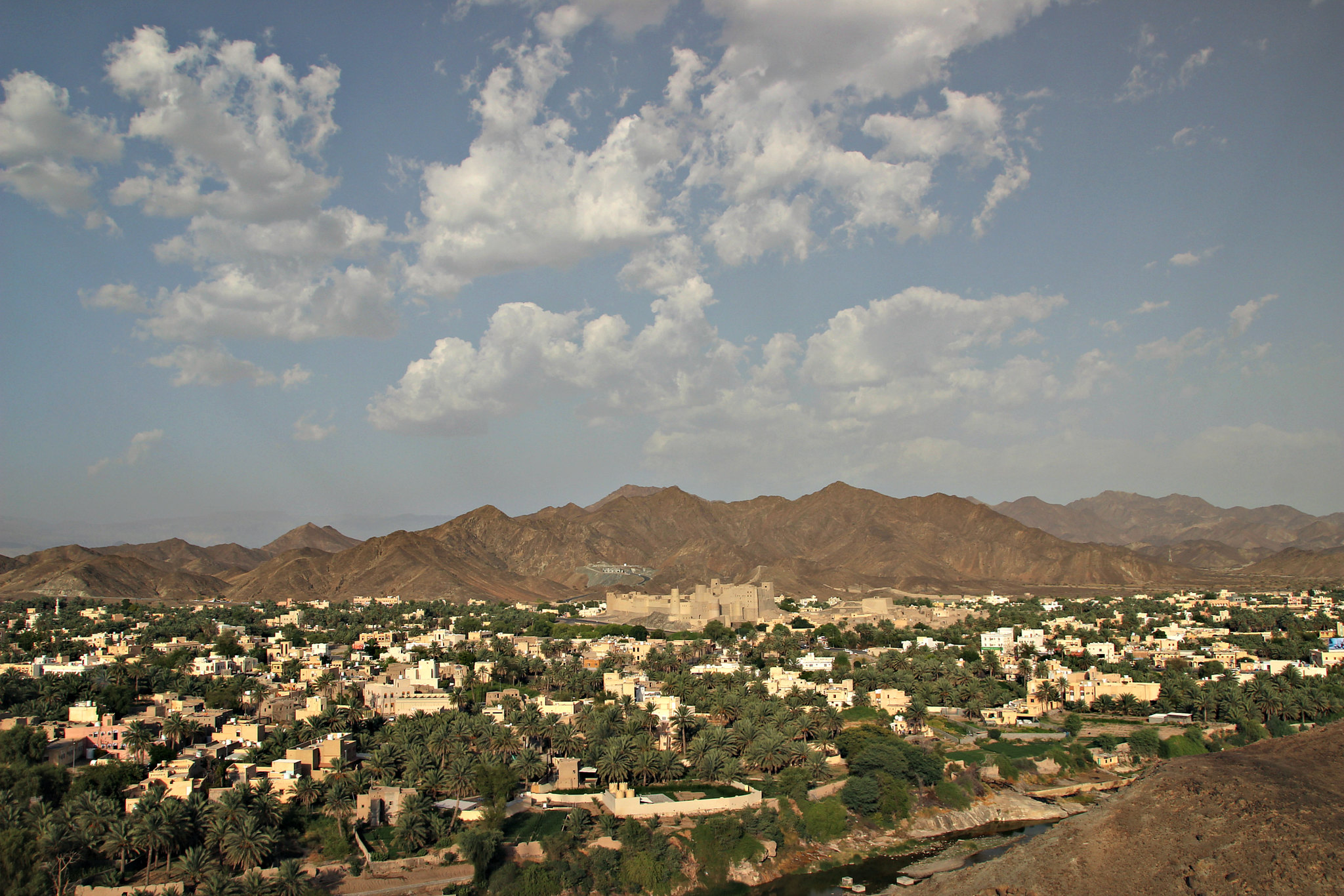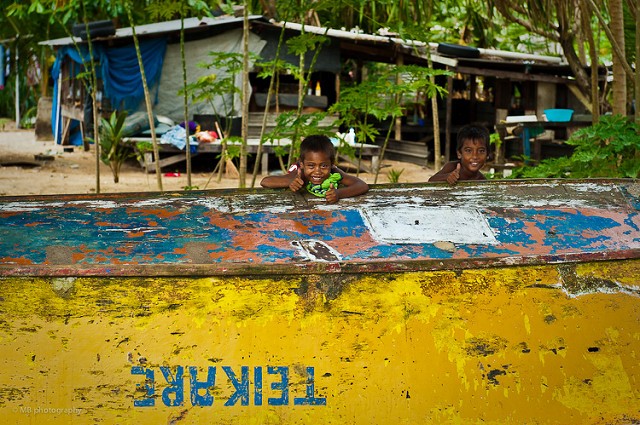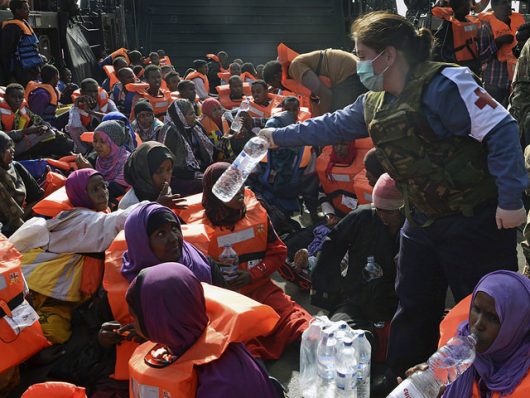
For thousands of years, the Mediterranean Sea has been a giver of life to those who settle near its shores. Today, the body of water is seen as a gateway to a better life for many migrants fleeing violence and poverty. But their journey does not end at the first sight of Mediterranean. It is estimated by The Mediterranean Situation, an organization which monitors migrant activity in the Mediterranean, that over 16,000 migrants have died or gone missing crossing the Mediterranean Sea between 2018 and 2014.
Migrants Crossing the Mediterranean Sea
Small overcrowded boats are often used by thugs and smugglers who charge over a thousand dollars per person for abusive transportation from Africa to Europe. These boats, piloted by unskilled captains, are not built for open water travel or to withstand the ever-changing weather of the Mediterranean Sea. This is why countries most affected by the smuggling activities are prioritizing the rescue of migrants crossing the Mediterranean Sea.
Rescuing migrants crossing the Mediterranean Sea is no easy task — especially if your nation is split by a power vacuum caused by a civil war. Libya is a popular starting point for many migrants who plan to cross over the sea to Italy. Aside from being geographically close to Italy, the Libyan government and its navy are underfunded and trained. This status makes it difficult to thoroughly patrol the north African nation’s coastline.
Italy has taken the brunt of migrants crossing the Mediterranean with nearly 120,000 migrants arriving to its borders in 2017, and almost 190,000 in 2016. The migrant crisis was one of the most important issues during the recent Italian election, which helped to bring a coalition government of two eurosceptic parties to power.
Governments and Charities
Rescuing migrants crossing the Mediterranean Sea is still important to Italy; in fact, $52 million has been pledged to increase Libya’s capacity to combat human smuggling through 2020.
State governments are not the only actors attempting to rescue migrants crossing the Mediterranean Sea. Charities, such as the Spanish Proactiva Open Arms, patrol the Mediterranean Sea searching for migrants in need of rescue. Indeed, Proactiva Open Arms’ mission in the Mediterranean has saved over 26,000 lives. Due to the organization’s claims that migrants undergo human-rights abuses when returned to Libya, Proactiva Open Arms often brings rescued migrants to shore in Europe.
According to international maritime law, all vessels, private or otherwise, must rescue those in need. The vessel’s origin does not mean that the rescued people are now the responsibility of its national origin; but where the rescued people are put ashore does. This has put Proactiva Open Arms in conflict with the Italian government.
Rescue Efforts and Proactiva Open Arms
When Proactiva Open Arms volunteers and their boat brought migrants to Italy in April 2017, the volunteers were arrested and their boat impounded. The Italian government sought to press charges against the volunteers for bringing the migrants to Italy and not back to Libya, but a Sicilian judge disagreed. The judge agreed with the Proactiva Open Arms volunteers who claimed that Lyiba does not have the proper resources to help the migrants and that they would face abuse as a consequence.
Rescuing migrants in the Mediterranean is a messy business. Countries such as Italy do not want to see people die at sea at the hands of neglectful smugglers, but they also have trouble dealing with the influx of migrants at home. Charities want to help people who are taken advantage of and help them to a better life; but oftentimes these organizations are not always supported. This difficult task does not seem to let up any time soon, and could possibly get worse.
A combined effort is needed to protect people. More should be done to lessen the need for people to flee from their homes, and governments need to step up to protect the human rights of those in need — especially to save helpless children at sea.
– Nick DeMarco
Photo: Flickr
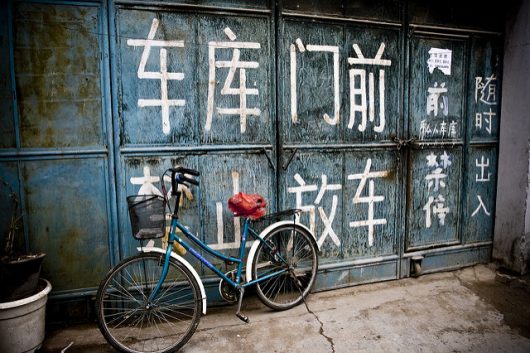
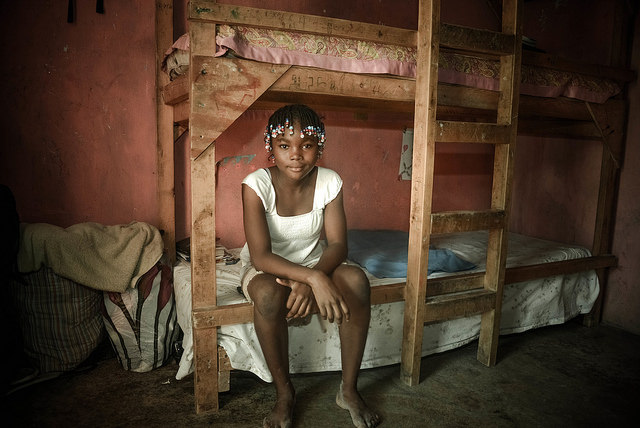
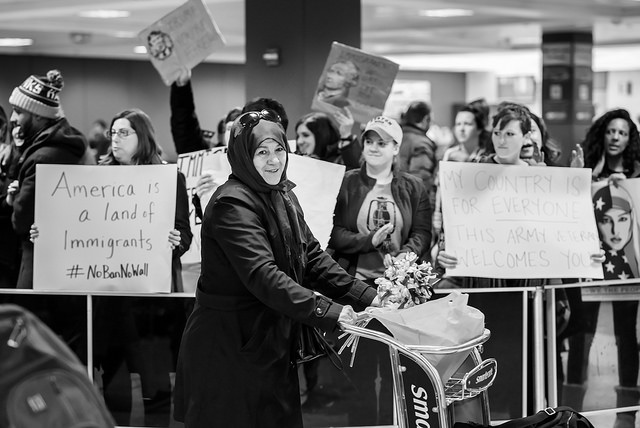 What is the difference between an immigrant and a refugee? The terms migrant and refugee are often used interchangeably despite the fact that there are definitive differences between the two.
What is the difference between an immigrant and a refugee? The terms migrant and refugee are often used interchangeably despite the fact that there are definitive differences between the two. The relationship between migration and poverty may seem a little far fetched. From a general perspective, the two ideas seem disparate. An immigration/emigration officer for deals with people moving from one country to another (sometimes across entire continents). Alternately, poverty (and the alleviation thereof) deals with providing food, water and shelter. However, the two are not just intertwined; poverty is often the causative agent for migration.
The relationship between migration and poverty may seem a little far fetched. From a general perspective, the two ideas seem disparate. An immigration/emigration officer for deals with people moving from one country to another (sometimes across entire continents). Alternately, poverty (and the alleviation thereof) deals with providing food, water and shelter. However, the two are not just intertwined; poverty is often the causative agent for migration. India’s urbanization rate is rising, and with it comes an influx of migrant workers. In the last 20 years, there has been a
India’s urbanization rate is rising, and with it comes an influx of migrant workers. In the last 20 years, there has been a 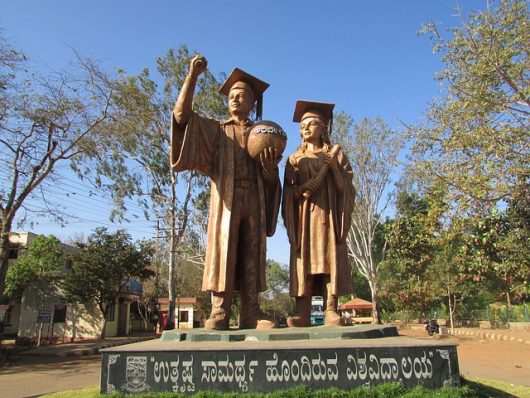 There is a common joke in Silicon Valley that the most spoken languages are Hindi and Telugu. Like many common jokes, this one reveals a staggering truth:
There is a common joke in Silicon Valley that the most spoken languages are Hindi and Telugu. Like many common jokes, this one reveals a staggering truth: 